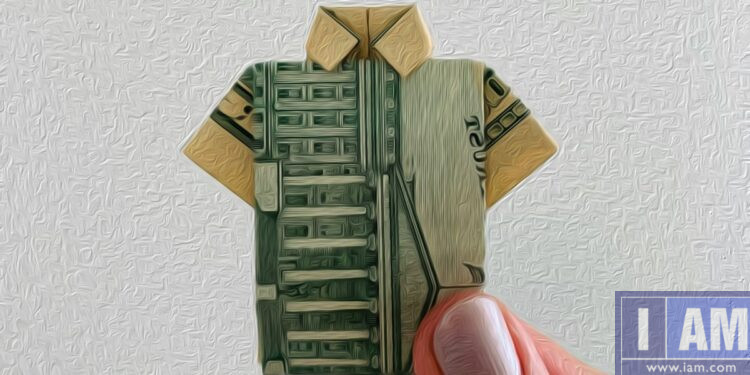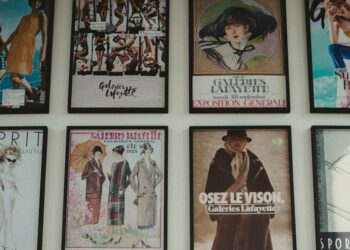You’ve been drawing for friends. You’ve been posting art online for likes. Maybe, you have taken requests “for practice.” Each piece that you create might take you hours to produce. You’ve been producing work, yet money never changes hands. You tell yourself that you’ve been building your portfolio. You’ve been gaining experience. And, you’ve been networking. However, deep down, you are wondering: when am I good enough to start to charge for all this work that I’ve been doing? If that’s the scenario, then here’s the truth, you’re probably ready now, and waiting longer isn’t going to help anyone, especially you.
The Hidden Cost of Things for Free
Every free piece trains your audience to devalue your work. That friend who got a free portrait? They’ll balk when you finally ask them or quote a price to them. Your Instagram followers, well, they are enjoying your free content. You’ve trained them. They’ve learned that your art costs nothing. You are not building a client base here. What you’re doing is cultivating an audience that is expecting eternal freebies. Wowzer!
Worse, free work almost always appears to attract the worst clients. They will start demanding endless revisions. They will ignore your self imposed deadlines. And, sometimes, they might just disappear on you right in the middle of the project. Why? Because they have no skin in the game. Providing payment will create the benefit of commitment on both sides of the deal. It transforms a casual requests into professional relationships with mutual respect for one another and with clear expectations upfront.
How to Know When You’re Ready: The Three Checkpoints
Forget waiting until you’re “good enough.” That day never comes. Instead, you could look for these 3 concrete signals:
1. A Consistency Checkpoint: Can you create similar quality work with repeatedly? Not masterpieces, just predictable results. If someone commissions a portrait, can you deliver something at least as good as your portfolio shows? If this is yes, then you’re likely ready.
2. Time Checkpoint: Have you been creating regularly for at least six months at your current quality level? This isn’t just about skill level. Consider that this factor will help to prove your commitment. If you have six months of consistent practice, this should mean that you’re serious enough to charge forward. No pun intended.
3. Requested or Commissioned a Work: Has anyone, like a stranger, a friend, or anyone, asked you to create something specific? If yes, then there has been some level of marketplace validation. Someone wanted your art enough to ask for it. That is likely someone who will also pay for it.
Hit any two checkpoints? If the answer to this is yes, then try to start charging for your work immediately.
The Transition Strategy: Three Phases
Phase 1: The Portfolio Builder (Weeks 1 to 4)
Announce taking you’re taking THREE final free commissions before you launch your paid services. Make this an exclusive event. First come, first served. And, Document everything. Document the process in videos. Take photographs with before and after shots. Do some timelapse photos as well. If you do these steps, then these can become your marketing materials. These should likely end up being worth more than the free work itself.
Crucial NOTE: Treat these just like you would your paid work. Generate and sign contracts. Establish and write down your deadlines and also any revisions limits. Use this as an opportunity to practice your professional process while the stakes are low. And, to document your processes right before you start to execute them. Then, this will make the processes so much easier as you go forward.
Phase 2: A Beta Launch (Weeks 5 to 12)
Launch with “introductory pricing” at 50% of your target rate. This isn’t undervaluing. It’s strategic positioning. You are not cheap. But, you are offering early-supporter pricing that will soon expire.
Start with:
– Your materials cost + $10-15 per hour for your digital work.
– Your materials cost × 2 + $15-20 per hour for your traditional work.
Post Notifications Everywhere: “Taking 5 commissioned pieces at introductory rates through [date]. Regular pricing begins [later date].” Scarcity and deadlines should help to drive some action.
Phase 3: The Real Pricing (Week 13+)
Raise your prices to whatever you researched your market rate to be. Lost some clients? Perfect. You will want clients who will value your work. You do not want bargain hunters.
Calculate your real rate:
– Research what three similar artists are charging
– Position yourself at about 75% of their average
– Raise 10 to 15% every six months until some resistance appears
Here’s The Script for Existing Free Clients
“I’m excited to share that I’m transitioning to professional commissions. Since you have supported my journey, I’d like to offer you grandfather pricing of 30% below my public rates, locked in permanently, just for you. This rate is [amount]. I value our relationship and understand if this doesn’t work for your budget.”
Most will not convert, but that’s the point. Those who do become loyal, paying clients will remember your generosity.
Common Objections and Some Potential Responses
Objection: “But you did it for free before!”
Response: “That was part of building my portfolio. I’m now offering professional services with contracts, number of revisions, and guaranteed delivery.”
Objection: “Other artists charge less!”
Response: “I encourage you to work with other artists whose pricing fits your budget. I have set my rates based on my time, my materials, and my experience.”
“Can’t we work out a trade or exposure deal?”
“I reserve trades for fellow professionals who offer services of equal hourly value. My rate is [amount] per hour. What is your professional rate?”
The Mindset Revolution
Charging is not greedy but it is sustainable. Free art will likely lead to your burnout. Further, it might create resentment, and eventually, abandoned creativity. Paid art funds you getting better supplies, more training, and more time to create. Your prices don’t just value your current work.They invest in you as an artist and in your ongoing artistic future.
If you want, you could start today. Open your commissions at any price above zero. That first dollar is actually a declaration that your art has value, that your time matters to you, and that your creativity deserves some compensation.
The transition from free to fee isn’t about being at a particular skill level. This is about decision that you can make now.


















